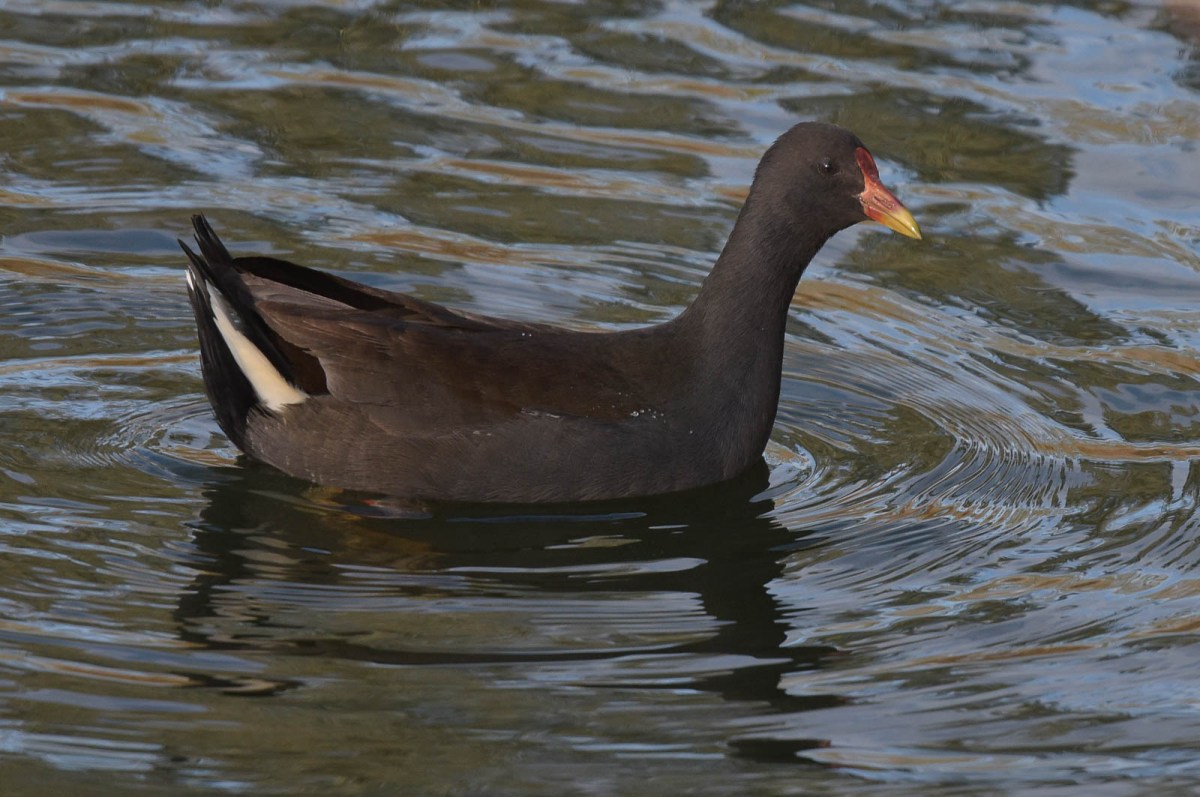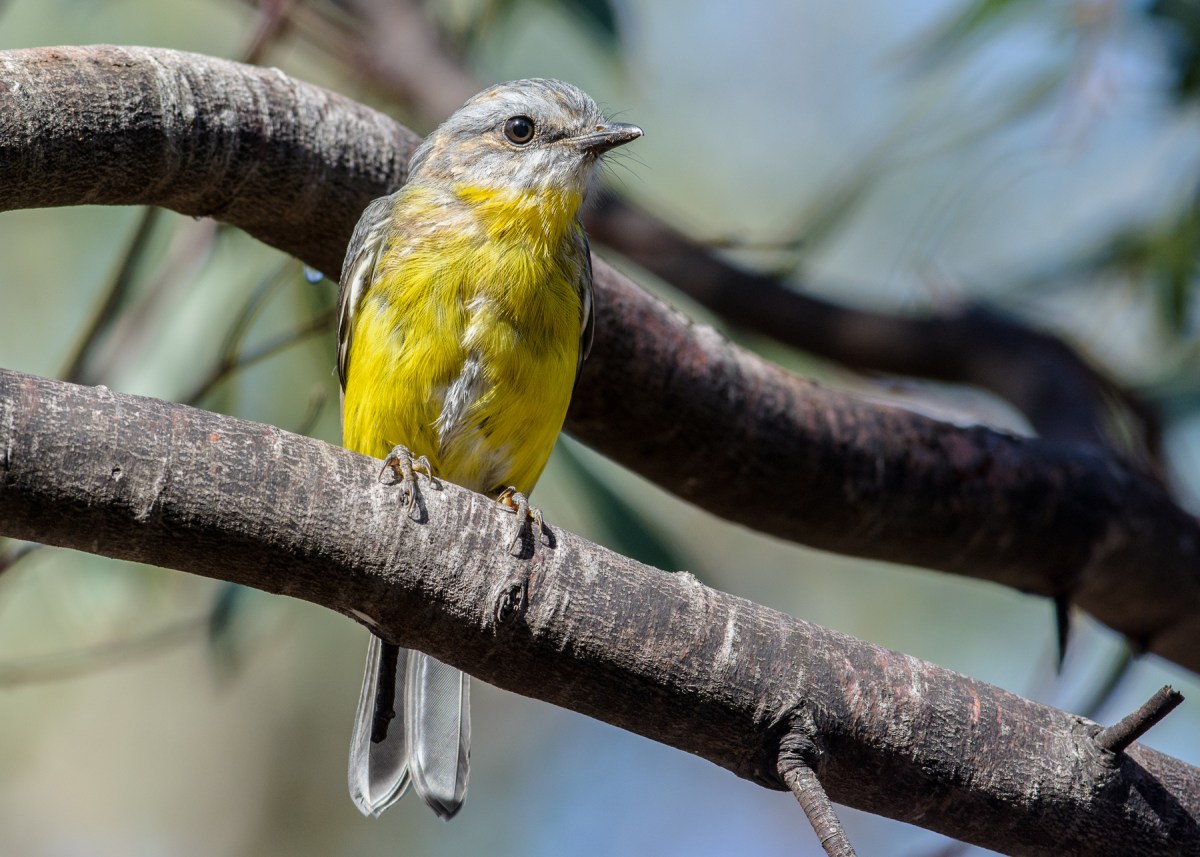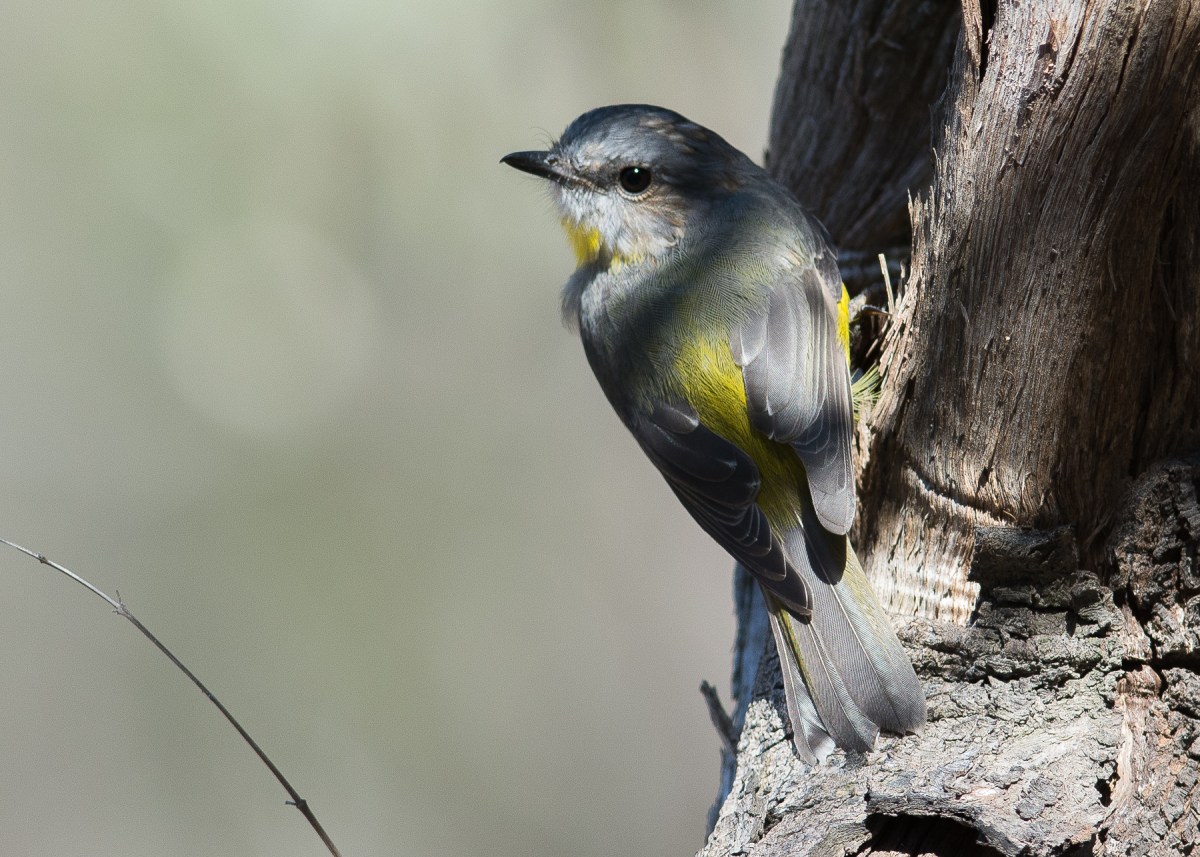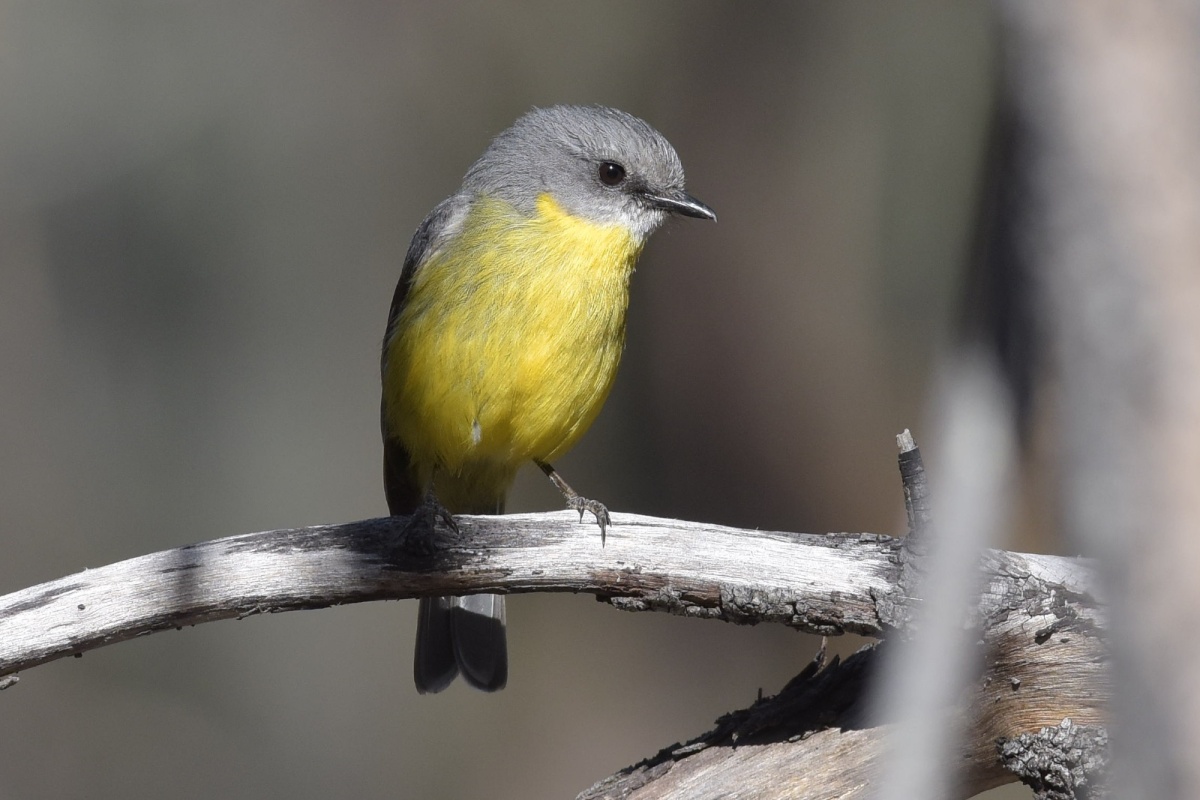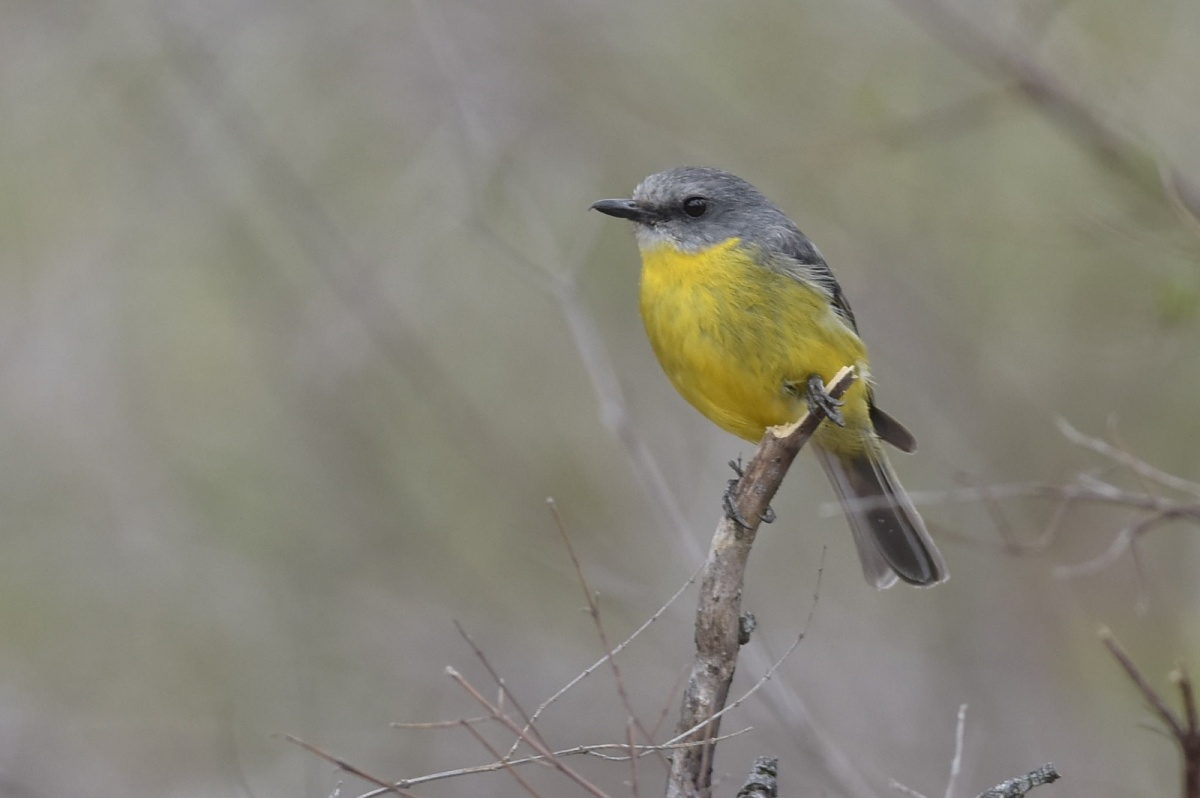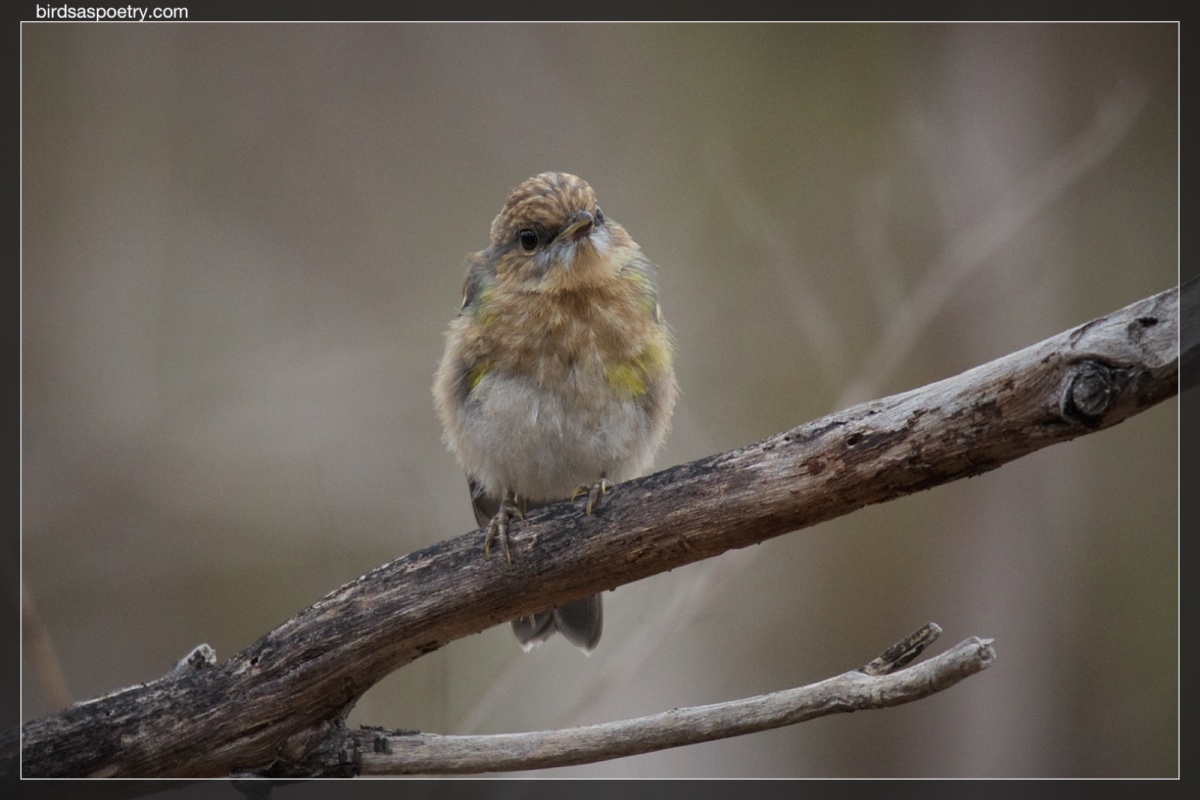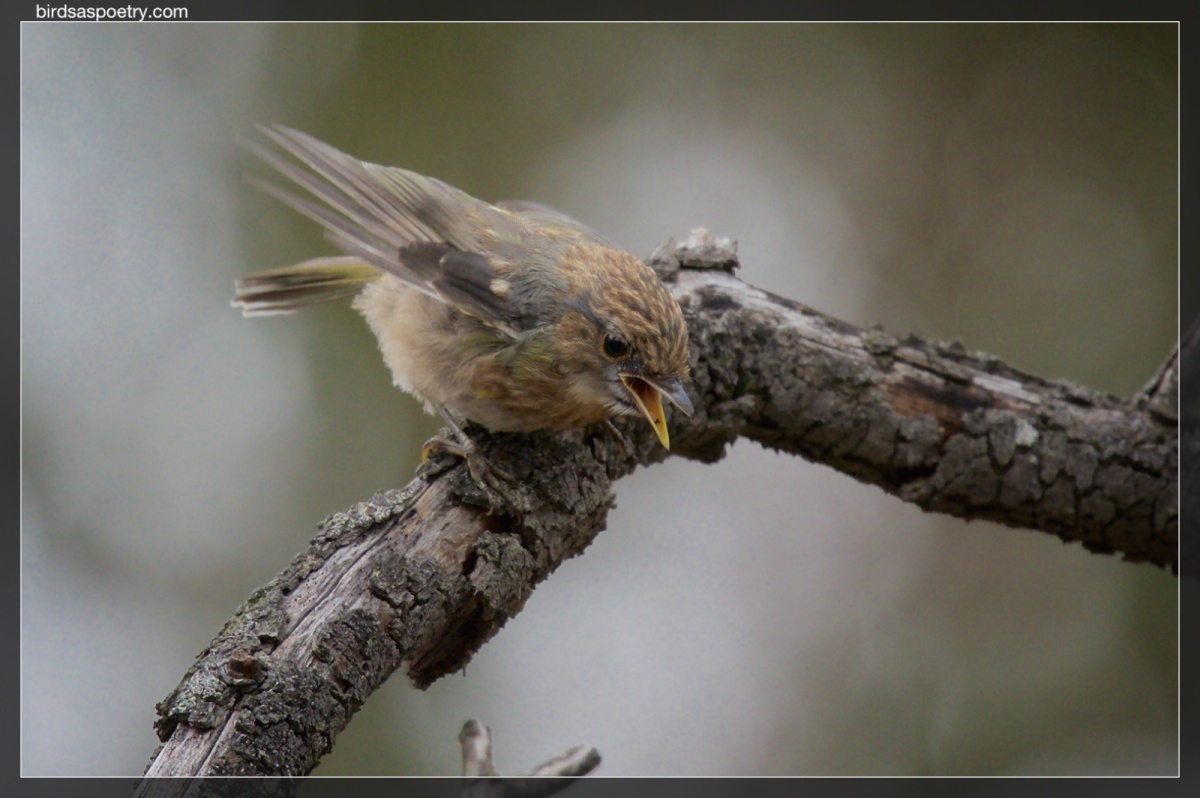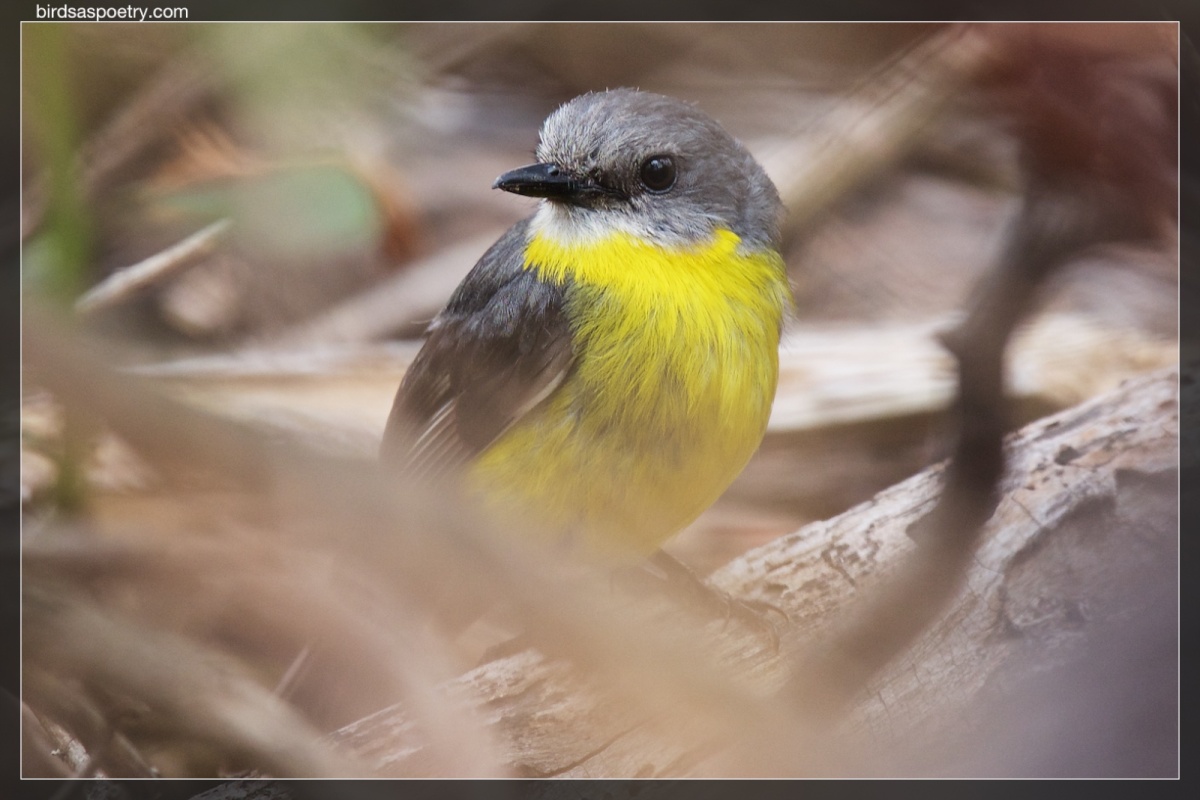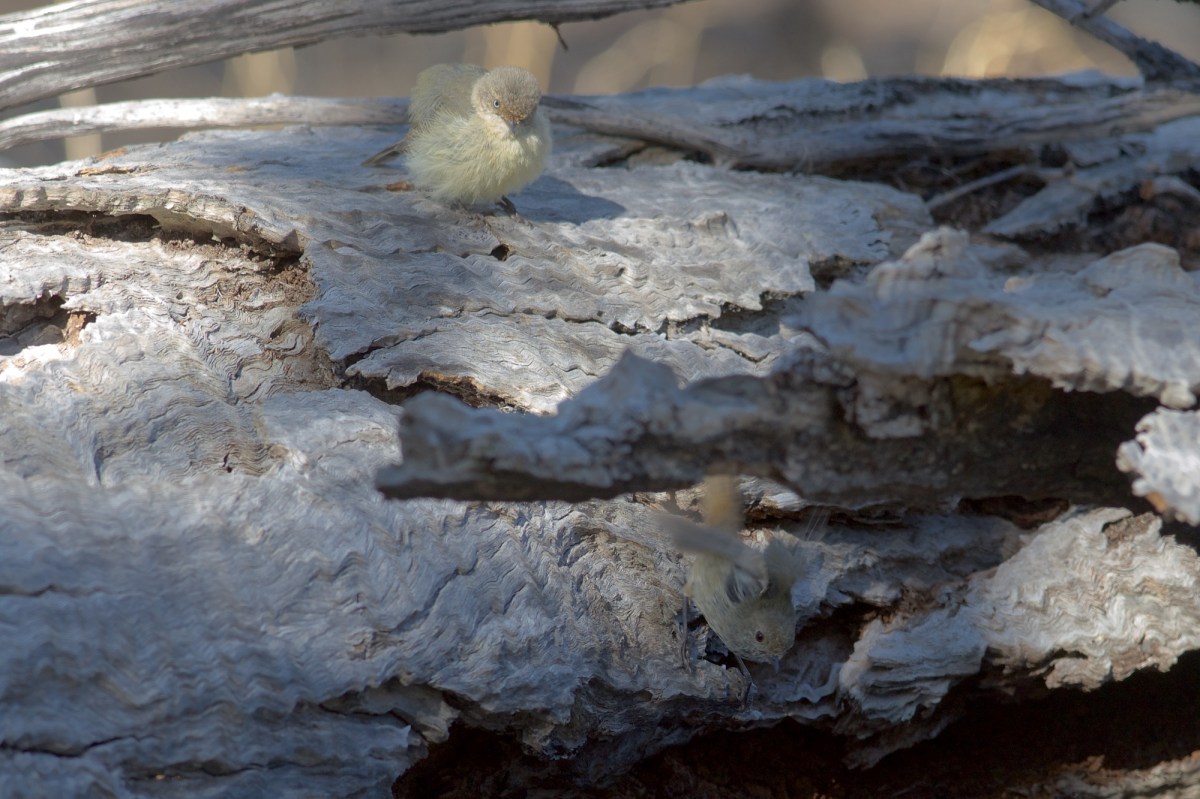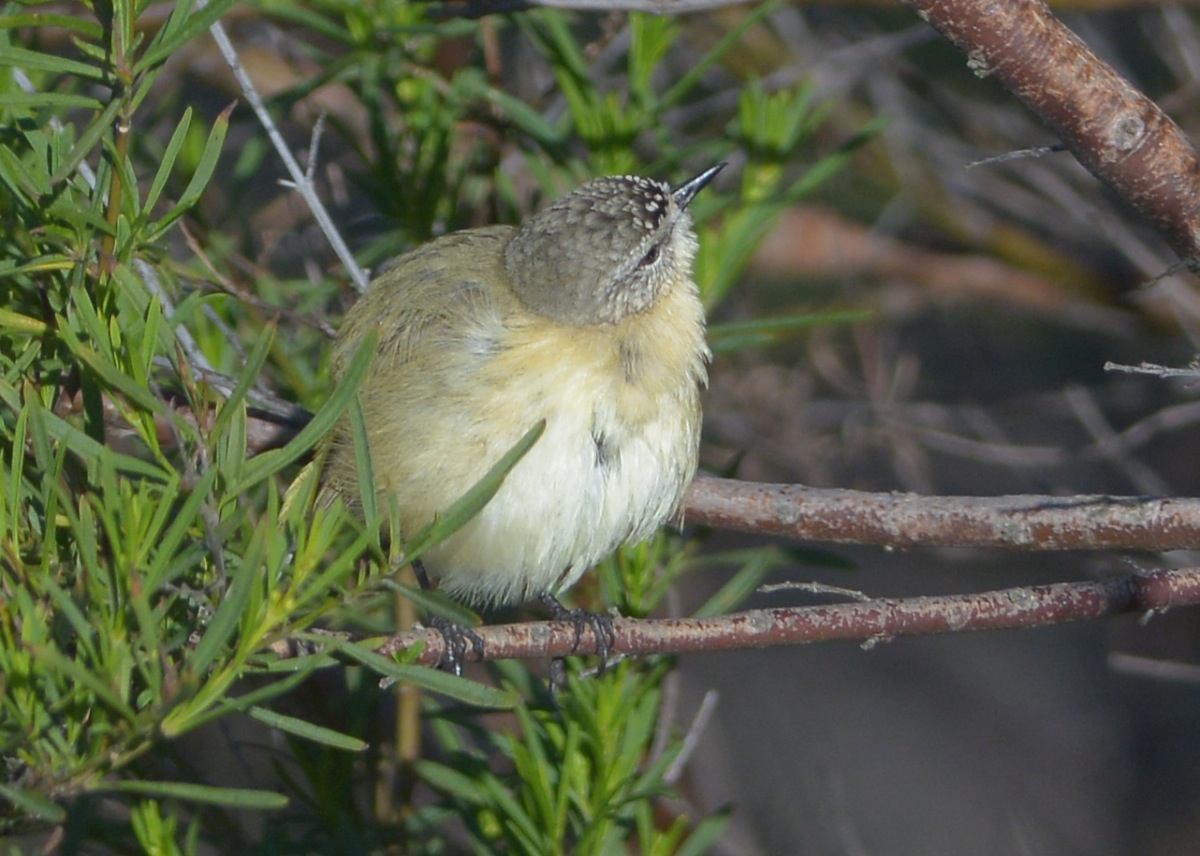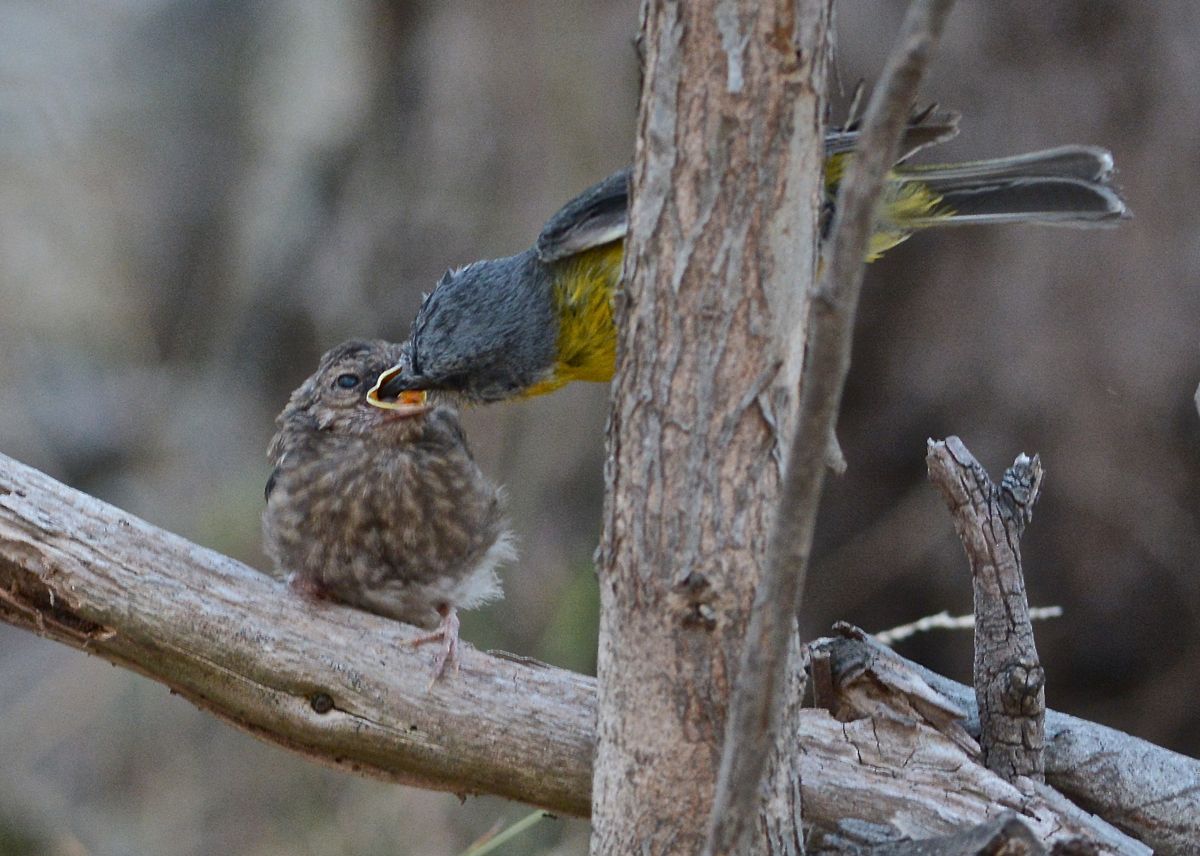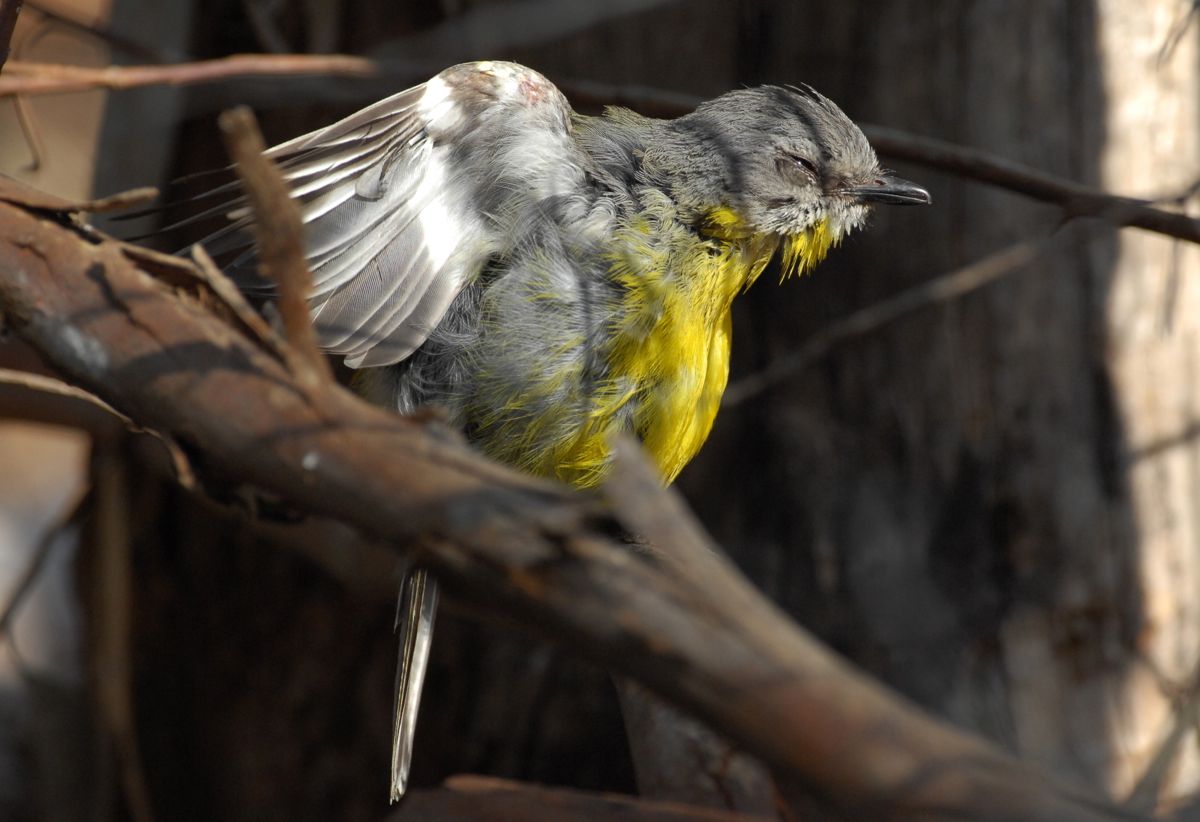Tis a well know fact that this blog does not do equipment reports. It’s not as though there aren’t enough opinionated sites to trash the best of hardware. However I’ve had a few enquiries regarding this lens, and rather than rehash what Uncle Google can find in a minute, I thought I’d rather share a few paras and pictures on my use with the lens so far.
If you own Canon gear, don’t proceed any further, you have the wonderful DO 400mm f/4. Be happy!
I hummed and hahed when the lens was first released. The big bikkies involved was probably the first stumbling block. And I was working with the Sigma Sport 150-600mm f/6.3 and it was working well for me.(more to follow below)
But the low weight and small size were an attraction, and in the end, I placed an order with Ross at Camera Exchange in Box Hill, in October 2018. I also planned to trade the Sigma at that time.
Eventually, got a note from Ross. “It’s here!”. March 29 2019. The wait-time worldwide has been astounding. So I motored over to collect the lens. Thanks Ross.
What follows is where it fits with my current work.
Time for the Pixelpeepers to click away now, as there are no charts, no ranking scores, no graphs and definitely no lens test charts to pour over. No dudes riding bicycles, or shots of the building over the road, or some obscure mountain in the distance.
Just how does it work for me.
Also please remember that these are all JPEG images made out of Lightroom to 1600pixels at 90% Qaulity. A few are crops, some almost full frame. Shot on both D810 and D500. I’ll note the data with each shot.
All the ratings are against My Expectations of the lens, coupled with use of previous lenses in the field. 100 % is just that. I’m completely happy with that aspect.
- Price: No % Score, but I’d have no hesitation in buying it.
Gotta get that out of the way.
It’s a pro piece of kit, Nikon are asking big bucks. If that doesn’t fit with your bankbalance, then click away now. For those who want to save some money, the Nikon 200-500, Sigma Sport 150-600, and the Sigma Contemporary are all good value for money, and sharp. Canon users have the DO 400mm or a pretty nice 100-400 f/5.6 Zoom and a neat 400mm f/5.6 without image stabilisation. Any one of those lenses would be a reason for me to change to the Canon System.
My reasoning was to amortize the investment over the next 10 years or so, and a couple of bucks a week is a reasonable. - Size: 100% Meets my expectations.
It is about the same size as a 70-200 f/2.8. Which makes it imminently handhold-able. - Weight: 100% Meets my expectations.
Having been using the 300mm f/4 PF from its introduction, I had a definite idea about how the weight would be. I’m confident I could carry it all day in normal use without needing a porter. - Handleability: 100% Meets my expectations.
I’ve thrown around some big lenses in my time, but this one just feels right. The balance on the camera and handholding is very comfortable. Mr An Onymous will tell you I once fell in love with a 10-30mm zoom for the Nikon 1 system, just from picking it up off the benchtop. I ordered one the next day. If it feels right, the chi is working, and it is pointless to fight nature. - Focus AF: Exceeds my expectations. This is such a fast lens to focus, especially on the D500. Sometimes I think it finds the subject before I get it sorted out in the frame. Big plus. And it locks and follows. If I compare it to the 300mm f/2.8 or the 70-200mm f/2.8, which are my go to ‘speedsters’ for action, then it’s right up there as good as, if not better. I can’t compare it to the 400mm f/2.8 as I’ve never owned one, but that is the gold standard in fast focus. I reckon this lens would give it a pretty good run.
The other feature is like all pro lenses, its sharp all the way from the closest point to infinity. Unlike most consumer zooms that lose interest in focusing after about 30m. I’m looking at you 18-200mm and 80-400mm. - Sharpness: 100% of my expectations.
Just have a look at the photos below. I don’t do comparisons, but looks equal to the 300mm f/2.8, and has more contrast than the 300mm PF.(My copy. EE’s copy is a little better than mine I think). - Unsharp fuzzy bits.
My photos don’t have bokeh, (never pronounced so a Japanese would know what these people are talking about), mine have fuzzy out of focus bits.
So against a smooth backdrop 100% of expectation. Milky smooth as it should be.
Against busy high contrast backgrounds, 75% of expectation. But then my expectation wasn’t that high. Digital sensors are the real problem here. Most lenses struggle with those clunky blobby bits of branch and bush and the like. - That Removable Foot. 100% meets my expectation.
I’ve seen some remarkable nonsense written about the foot. It’s like “OH wow, something to complain about”. If the only reason not to buy this lens is the foot, then my advice would be trade in the camera gear and buy a set of golf-clubs. It is the same foot used on the 70-200 f/2.8 zoom. I’ve owned three of them over the years, and not once has it worked itself loose, and those lenses travelled lots photographing car events. If the user is so clumsy as to loosen it off then forget to tighten it, I don’t see that as a feature fault, I see that as incompetence!
For my hand the end of the foot rests nicely on the edge of palm of my hand, and my fingers sit well just before the lenshood, near the programmable buttons (coming up soon). A good fit for me. I’ve used it without, and my preference is with the foot. I’ve also had no intention of buying third party Arca mount foots. I simply don’t intend to ever put it on a tripod again. (Coming up soon).{Update Aug 2019} I’ve since taken the foot off and popped a BlackRapid “Fastener Fr-5″, in the 1/4” hole. Not a fan of BR, but I can attach an OP/Tech fastener and that works for me.
I found not much difference with and without the foot, and its just one less thing to get caught up when I’m cradling the lens while sitting down (think driving around the Treatment Plant){Update Nov. 2022} I ended up buyng a Henjar Foot. It has ARCA rail and also has a QD (Quick Detach) a standard used for all sorts of weaponry. I added it to a Blackrapid clip with an ebay QD swivel bracket (cheeeep on fleabay)
I am not a Blackrapid fanboy, but in the end, I tolerate it for the convenience of the QD set up. Means I don’t have to pull the confounded strap on an off my shoulder each time I want to put the camera/lens down seperately. Put it down to crabby old person dysfunction. - Programmable Buttons. 95% meet expectations. I use these a lot. Just wish they were a little bigger so my finger doesn’t need to hunt for them. They can be set for a specific distance and the lens will return to that spot. About 30% of my use. Or programmed out of the D810 and D500 menus to do a range of activities. Mine is usually an AF function about 70% of the time.{Update August 2019} I’ve since taken a big black ‘Sharpie’ marker and put a big “X” on the Lens Coat camo, just above each of the buttons. Easy peasy to find now.
- Tripod use. Balances well with the D500 on a Wimberley. If you can’t get it to balance on a Wimberley, then read the instructions. On the Markins Q20 that I use a lot, it’s a treat. But now, the problem is you have to take a lightweight lens, and sally forth into the field with a whacking great tripod. Don’t see the point. End of discussion
- VR 100% of my expectations. Image stabilisation is so much better implemented than on the 300mm f/4 PF. I found myself handholding at much slower speeds than I anticipated. See below.
{edit Aug 2019} For Inflight, I usually turn VR off.
I have a paranoia that the VR interferes with focus acquisition, and while it might only be a microsecond as the VR settles down, it just might be enough to move the focus from the eye, to a wingtip. Besides for inflight, (regardless of the lens I’m using), I want the fastest shutter speed I can get. Give me 1/8000 please. No need for VR there. - Lens Hood. Guess what! 100% meets expectations. It fits, it locks, it’s lightweight. And in my world. It goes on the lens, and is never removed. (except to clean the lens). I use a bag that fits the lens with the hood attached. (and its taped in position so doesn’t go wandering off on its own in the field.) That is the way all my lenses are fitted.
- What about Teleconverters. Met my expectations 100%, and perhaps exceeded them.
The results with the TC 1.7, were what I expected. And I won’t be using it again with this lens any time soon, or later.
Haven’t had a need to try the TC 2.0, but I know it will be slow to focus and that won’t work for me too well.
{edit Aug 2019} The TC 2.0 is really not workable. Hunts, even in good light. One, two, three strikes. You’re Out!
The TC 1.7 is quite sharp, no problems, but again needs a bit of patience for focus. Won’t see me trying inflights that way any time soon. Or Later!
With the TC 1.4 I found it needed some focus Fine Tune Adjustment. Using the D500 in camera, it gave a result of -6. When I tried it I found the focus position was just not right. So I played around, and hit on +6. Can’t fault that.
I often get asked about Teleconverters as if they will help get a pin-sharp shot of a duck on the far side of the lake.
Nope.
Here are 3 helpful points for that sort of shot. 1/ Learn to Swim, 2/ Buy a kayak, 3/ Develop better bush craft.
TCs are best for giving a little bit of extra magnification closer up, say in the 15-30m range. After that for the birds I work with, both heat haze and tiny size make it impractical.
Acquisition can be a bit ‘iffy’ in lower light. And the tendency to hunt is always likely. But it’s a solid performer once the focus is there. Side by side I doubt I could pick sharp, with and without the TC 1.4
Beginning to sound like a ‘fan boy’, so let’s see if some of this makes sense from my field experience.

1/320 f5.6 ISO 400
Tai Chi Pigeon
Spotted Dove

1/640 @ f/5/6 ISO 400
Superb Fairywren

1/800 @ f/5.6 ISO 400
Black Swan

Eastern Osprey

Eastern Yellow Robin

1/2000 @ f/5.6 ISO 800
White-bellied Sea-eagle

Tawny Frogmouth

Hazy indirect light through overhanging trees
Eastern Spinebill
What about the soft out of focus bits

Creamy out of focus bits.
Juvenile Whiskered Tern

Very late afternoon rich light.
Brown Falcon.
Messy out of focus bits because of messy background

How good is VR. I don’t shoot many in low light but here’s one from the back fence.

1/50 @f/5.6 ISO 400. Handheld.
The sun had set, but there was still light in the sky.
Then of course the always asked question.
Oh, but what about Teleconverters. I’ve got to see it with Teleconverters. See my point 13 above.

1/3200 @f/9.0
Handheld. Bird worked its way toward me on the water line.
Red-kneed Dotterel

Soft out of focus bits and plenty of detail on WIllies beak whiskers.

Handheld, overcast day. Lightened up 1/2 Stop in Lr.

Full sun. It is no macro lens, but the detail is certainly there.
Accessories.
I was going to really annoy myself and write ‘accessorising’, but restrained. 🙂
I added a B+W UV filter. Not a great believer in UVs as the Sensor already has a UV component, but let’s face it, this an expensive piece of glass. My first B+W UV was with the Sigma Sport, at first I was hesitant, now, I’m a convert. The B+W shows no visible image degredation, I wish I’d come across them years ago.
Added some Lenscoat to protect the lens, I really like the Kevin Kealty ones from the Wildlife Watching Supplies in the UK, they are a bit thicker and don’t seem to shrink like the US based mob.
Also work with a LensWrap, that I had for the 70-200mm, fits like a glove and gives added security for travelling. Simply velcros off when I’m ready to go in the field.
Everybody has opinions on Carry Straps.
The lens does NOT have special strap attachment points, like the bigger pro lenses and the Sigma. Pity, as it would only have been a few dollars more.
I started using a BlackRapid Strap, but find them uncomfortable.
I changed to an OP/TECH Sling Strap Which we’ve used for years on other long lenses, and it does the job well. And doesn’t take over the camera bag when travelling. I’ve snuck on a BlackRapid attachment since, and have one OP/Tech connector on the Lens, and one on an ARCA “L” bracket on the camera. Two attachment points makes me feel more secure.
{Edit Aug 2019} Like camera bags, carry straps will continue to keep me searching. 🙂
{Edit Nov 2022} For full disclosure, I’m now using a Blackrapid Classic Strap and a QD (Quick Detach) on a Henjar bracket See above
Conclusions.
I think the price is well justified for the work I am doing. It is indeed my go to lens at the moment.
Alternatives.
The Sigma 150-600 Sport worked well for me. In the end just too heavy for carry around field work. {edit} And, while it was very sharp, the focus was often a little to slow for me for inflight. Once acquired it stayed locked. Even using the Dock to set a faster focus acquire rate, it still left me wishing for a bit more speed.
The Nikon 200-500 Zoom. Is a sharp, well-balanced lens. I would have purchased it if the Sigma had not been on the showroom floor. I do find it a bit bulky to carry as the barrel is nearly twice the diameter of the 500m PF.
The 300mm f/4 PF and a TC 1.4 420mm @/f5.6 EE’s go to lens. Solid performer, I find mine with the TC has a little chromatic aberration in highlights, easy to fix in Lr, but detracts sharpness a little. It is a lovely walk about for hours lens. Sharpness side by side with the 500mm PF would be hard to pick, and as I’ve used it for over three years, it’s a lens I have a high regard for.
Downsides.
Yes, there are a couple.
I tend to take a lot more pictures as it gives me a chance for good framing for inflight birds.
The lens makes my 300mm f/2.8 look a bit redundant. Not sure what I will do with that.
{Update Nov 2022} I traded the lens at Camera Exchange Haven’t really missed it.
The 300mm f/4 PF is also going to take a back seat. It sits in the lens cupboard and like a dog waiting to go “Walkies”, sort of quivers at me when I open the door. Perhaps a D7200 or D7500 and use it for wider shots from the vehicle. Certainly can’t take both to the field.
And here are two more from a shot this morning. The White-winged Terns are still around, and I spent the best part of 2 1/2 hours with them, one long session of about 90 minutes.

Grab Shot. Got out of vehicle, lens grabbed focus, I framed next. Swamp Harriers do not give second chances.

I was working with these terns for about an hour and half, took several hundred frames. Lens didn’t feel tiring to hold. Had I not run out of time, and the birds out of patience, I could have easily done another hour or so, the lens is unbelievably easy to handhold.
So there you go. Thanks for taking the time to read to the end.
It is a keeper for me, and I’ll probably extend myself to get the best from it in the coming weeks.
Keep takin’ pictures we do.
(I’m hoping EE does not read this as I’d hate to have to wait another 5 months for the next lens.:-) )



